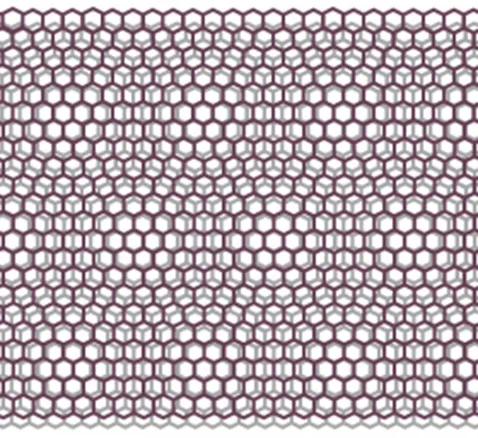Researchers discover new method for cooling computer chips
In smartphones, medical equipment, and other devices, finding better ways to cool the tiny computer chips inside them is critical to improving their longevity and performance. A breakthrough by a team of researchers could be key to doing so. It could also lead to more efficient light sources for sensors and communications technologies. The results were recently published in Nature.
Yale researchers, in collaboration with scientists from City University of New York, California Institute of Technology, Kansas State University and ETH Zurich, leveraged the unusual properties of phonon-polaritons, a type of quasiparticle, to discover a new way to dissipate the energy of high-speed electrons through the generation of long wavelength infrared light.
Led by Fengnian Xia, the Tso-Ping Ma Professor of Electrical & Computer Engineering, the research team has reported that the high-speed electrons in a single layer graphene, which is very conductive even at room temperature, can effectively pass energy to phonon-polaritons in a special dielectric material known as hexagonal boron nitride (hBN). In their device, the graphene is placed between two pieces of hBN and the phonon-polaritons are excited by high-speed electrons in graphene. They then propagate in hBN and are released from the material as emissions in a long wavelength infrared spectral range (about 6 to 12 micrometers) by a metallic disk that scatters on top of the hBN (see figure on the right).
In fact, phonon-polaritons are quasiparticles that result from the interaction of photons (light) with optical phonons (vibrations within the crystal lattice structure of a particular material). Because, in hBN, they have the unusual ability to confine the fields to scales smaller than the wavelengths of light with low loss, they have the potential for many applications beyond the capability of conventional photonics. The conventional approach to exciting phonon polaritons, however, is expensive and inefficient. That’s because it involves costly light sources, and there’s also a substantial mismatch between the momentum of phonon polaritons and free-space photons.
The researchers demonstrate that under proper conditions, high-speed electrons can pass energy effectively to phonon-polaritons, which means that they can be excited all-electrically. In doing so, they also observed bright electroluminescence at long wavelength infrared. It’s a breakthrough that could lead to numerous new technologies related to light emission, as well as be used as a pathway for cooling down high-speed electrons in computing chips.
“Looking forward, in addition to cooling down chips, this new light-emitting mechanism can be harnessed to develop conceptionally new and power-efficient electrically pumped light sources at long wavelength infrared and possibly terahertz frequencies at room temperature for sensing and communication applications,” Xia said.
More Details
Published Date
Apr 4, 2025


